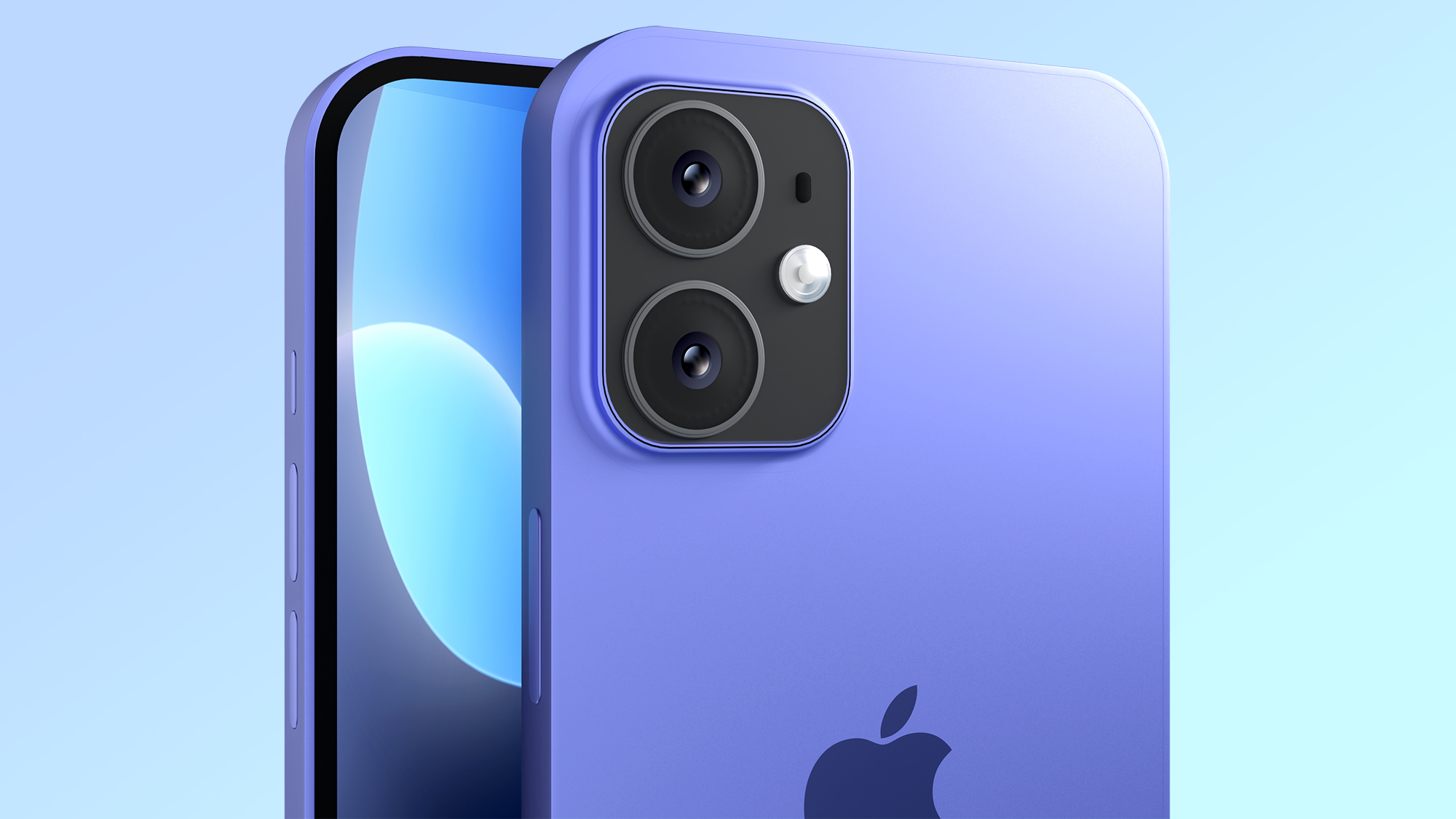I just upgraded to a smart fridge — here's how it's helping me save money
This fridge forces me to eat my veggies
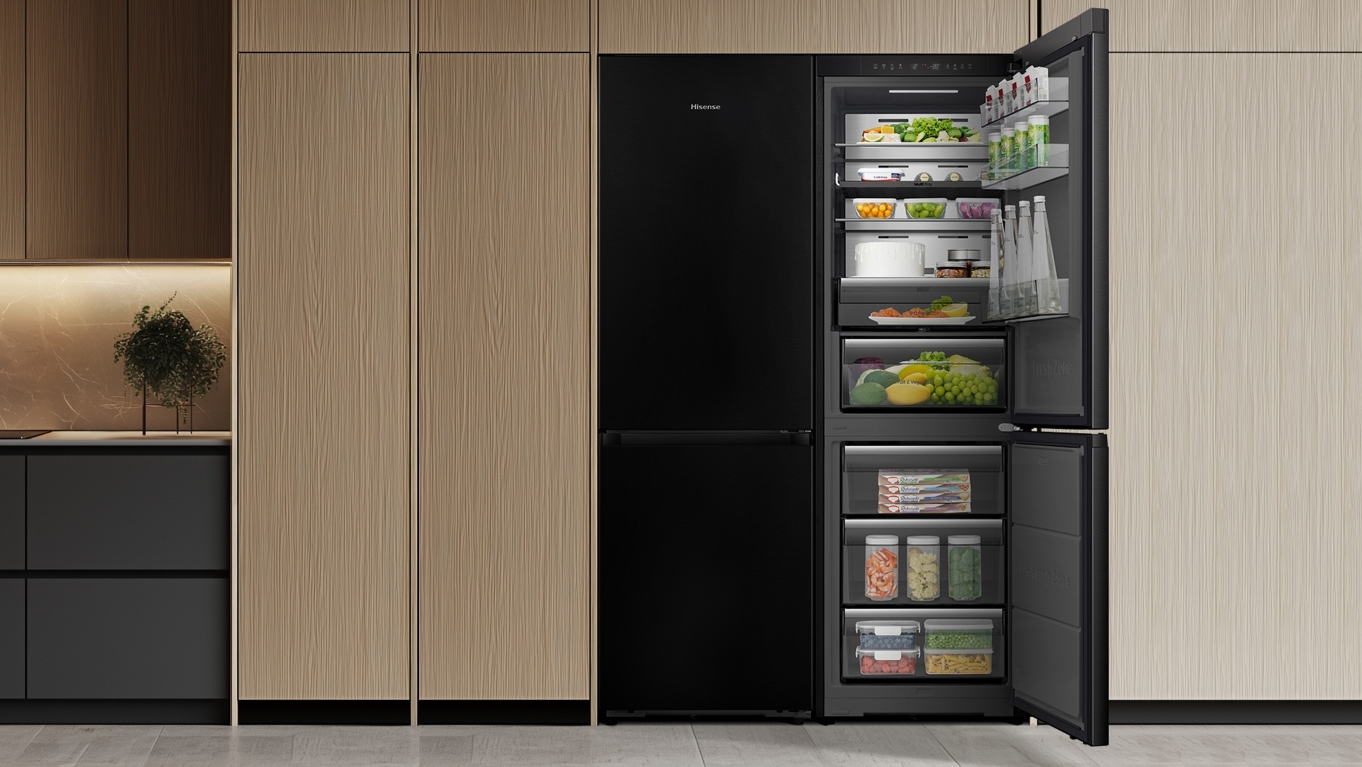
I recently renovated my kitchen, and as a Home Editor who writes about appliances all day, I jumped at the opportunity to upgrade my ancient under-counter refrigerator and freezer for one of the best refrigerators with super-modern features. I opted for the Hisense KitchenFit Eclipse Series RB5K330GSFC. It's exclusive to Europe, but for U.S.-based readers, the Hisense HRB171N6ABE is a dead ringer with a lot of the same smarts. I opted for the KitchenFit line mostly because it's designed to slot seamlessly into fitted kitchens, and there's no denying that it looks great sitting between my sage green cabinets.
Looks aside, the Hisense makes a lot of big claims. I've written about smart fridge features such as humidity controls and app compatibility in the past, so I was interested to see if the claims were just jargon or genuine game-changers. But after three months of use, I'd recommend an app-controlled fridge to anyone.
Since switching to this fridge, I find that lettuce and bags of salad last at least two times longer than they did in my old fridge, and while I was initially reluctant to start sharing my grocery list with my kitchen appliances, it keeps me on track with expiration dates and has significantly reduced my food waste. Here's how this smart fridge is saving me money.
3 ways my smart fridge is saving me money
1. Veggies last so much longer
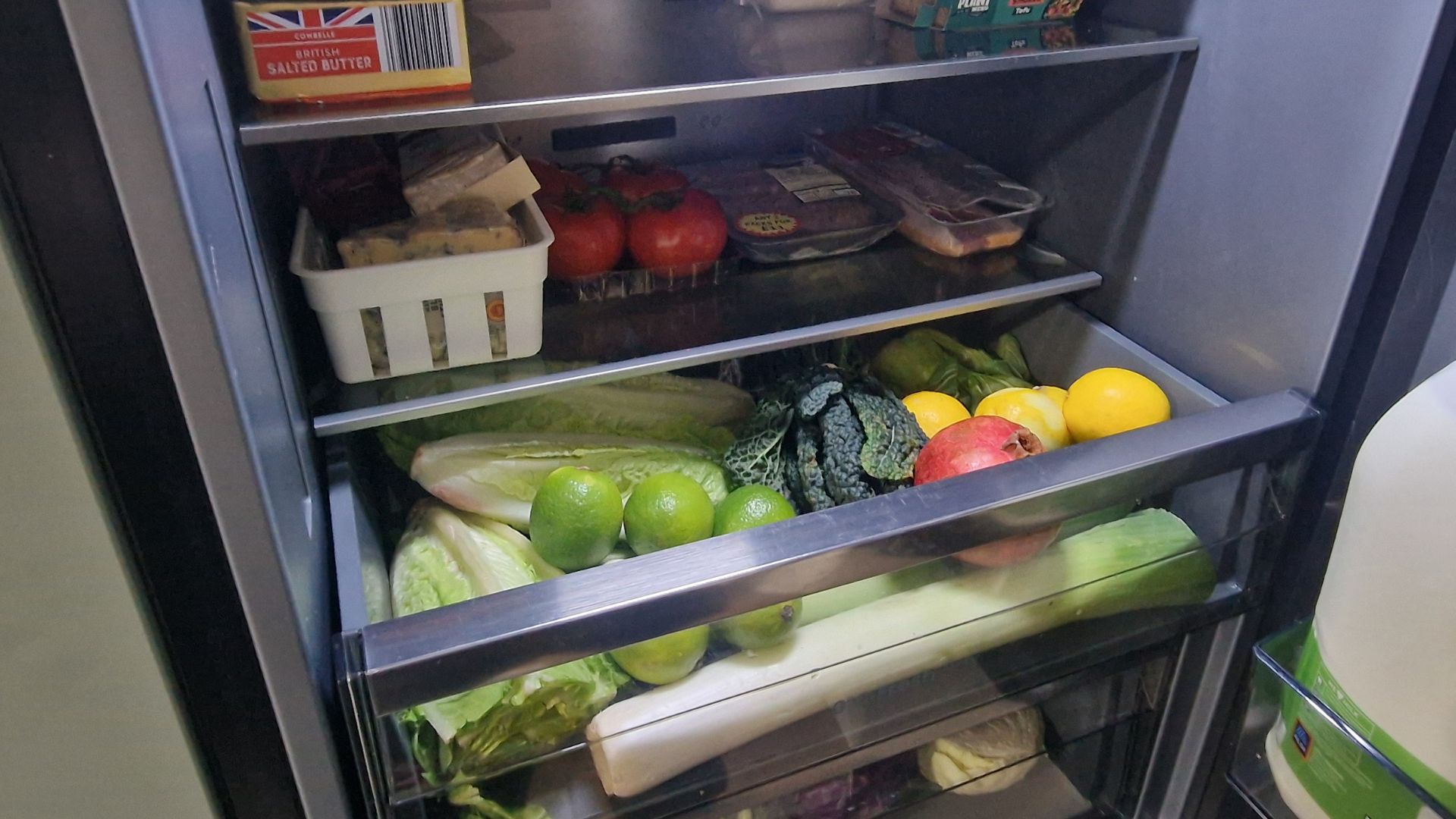
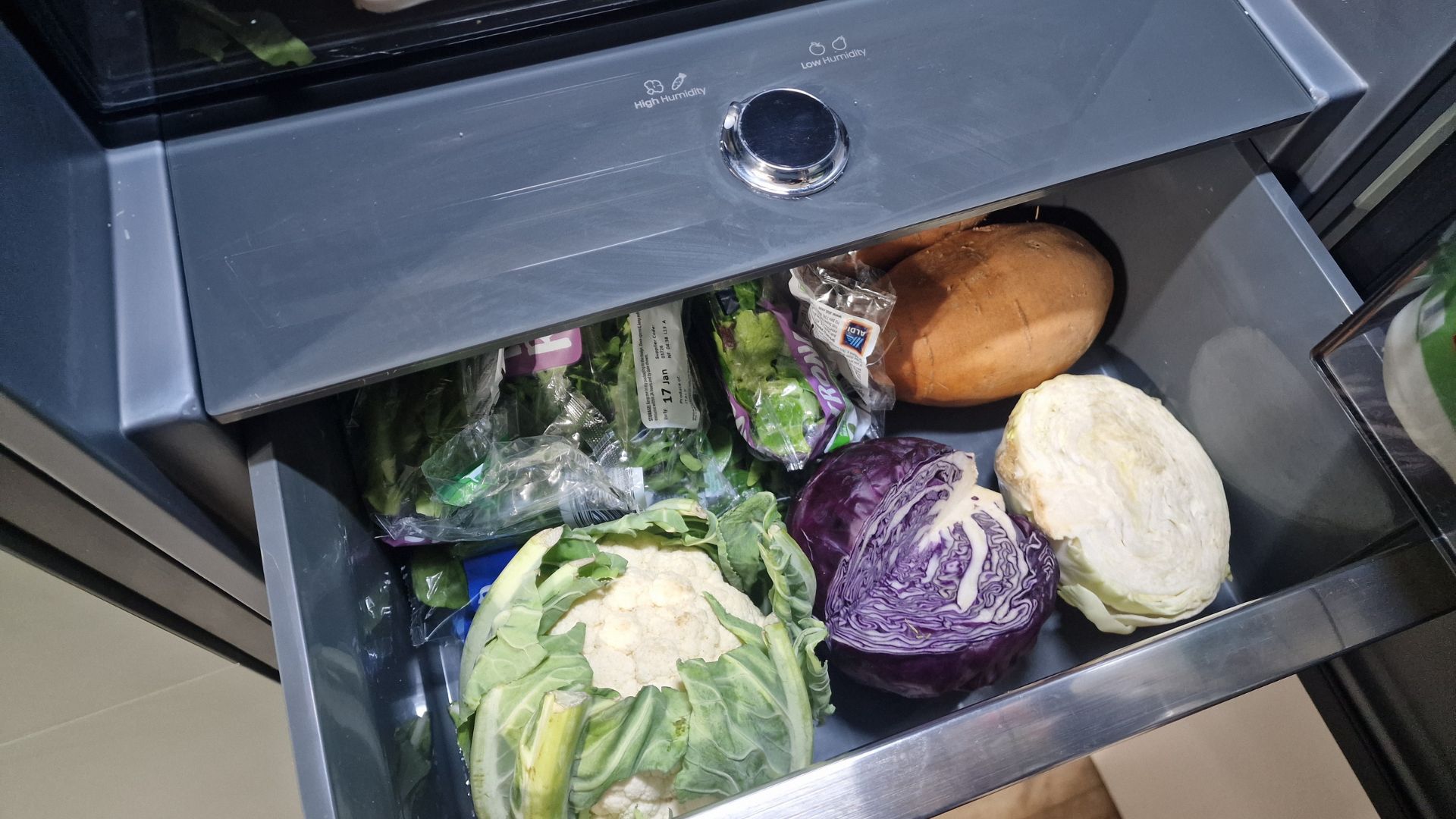
The Hisense RB5K330GSFC comes with an adjustable humidity drawer which allows you to switch between higher and lower humidity depending on what groceries you've bought for the week. I tend to keep it on low humidity, using the lower of the two vegetable drawers to store sturdier vegetables like cabbage and cauliflower, but when I've got a lot of leafy vegetables I switch the humidity controls to high and store my lettuce and spinach in the optimum conditions.
I live in a household of two, and we tend to buy groceries twice a month. Before renovating my kitchen, I'd always plan to eat leafy vegetables and soft berries first, saving my sturdier fruit and vegetables for the second week as they had a higher chance of survival. On multiple occasions, I went to prepare an omelet or smoothie only to find that my spinach had wilted into a sad and soggy lump, destined straight for the trash. One of the very first differences I noticed with my humidity-controlled fridge was that salad lasted so much longer. I had a head of romaine lettuce last over two weeks without going bad, and if it wasn't for a BLT-craving I think it could've gone a little longer.
2. It keeps me on track
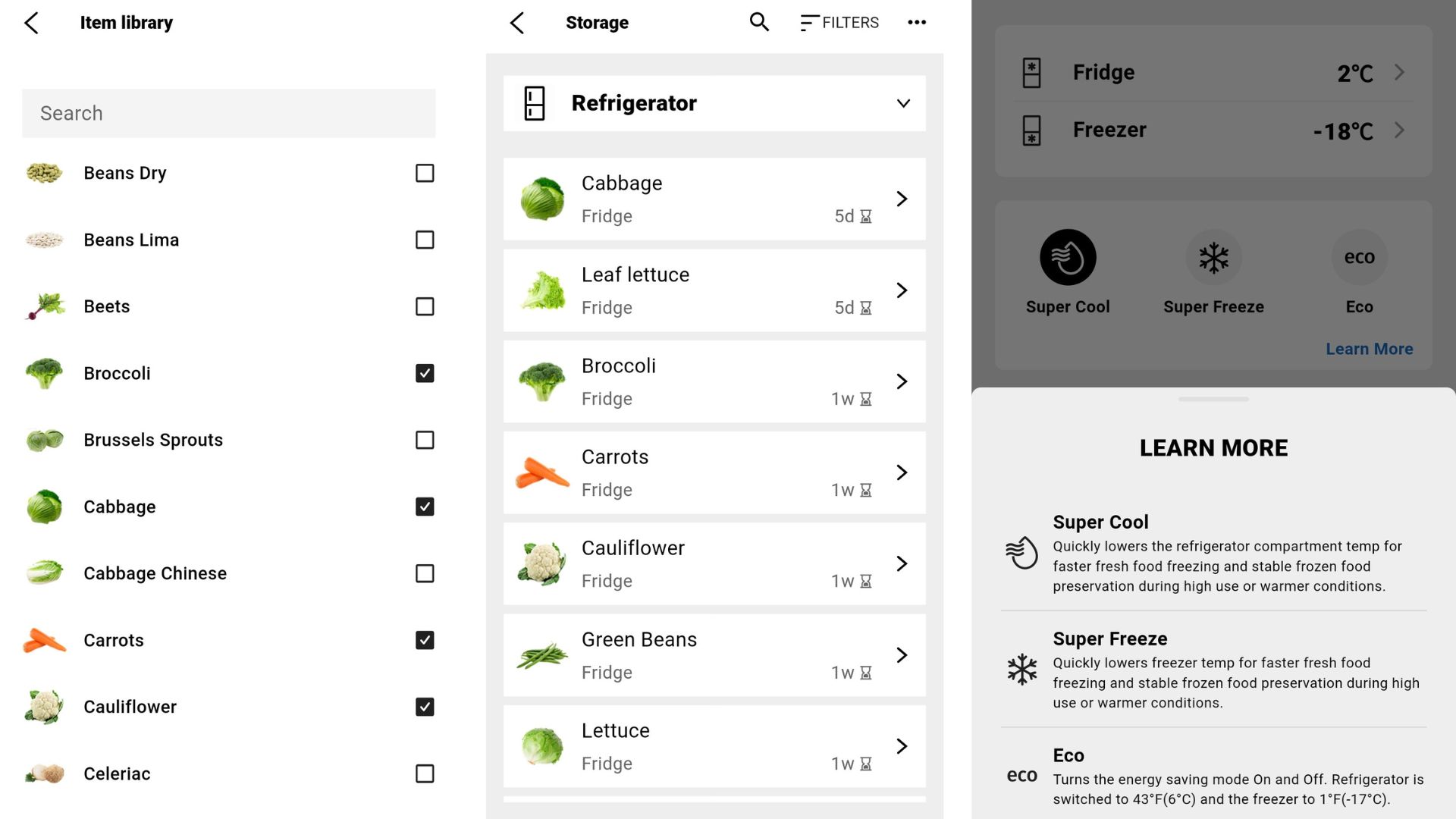
I'll admit it: I'm probably the most app-averse member of the Tom's Guide team. Setting up another home gadget with another app is one of my pet peeves, especially because they so rarely offer genuinely enhanced functionality for my home appliances and they can be pretty fiddly to set up. Suffice to say, I wasn't too excited to start telling the Hisense app every time I bought broccoli.
But what do I hate more than setting up new apps? I hate wasting money, and I hate seeing perfectly good food go to waste just because I forgot to use it in time. So after throwing out some funny-smelling chicken fillets, I resolved to start being honest with my fridge and dutifully telling it when I bought new groceries. I've not had any mishaps since. If I'm at the store and forget if we already have an ingredient, I can instead check my fridge inventory and make sure I'm not accidentally doubling-up. You can turn them off, but the fridge also sends me reminders when my food is close to expiry. It sends them at 6 p.m., when I typically start to think about dinner, which is another piece of kitchen logistics I don't have to worry about.
Sign up to get the BEST of Tom's Guide direct to your inbox.
Get instant access to breaking news, the hottest reviews, great deals and helpful tips.
3. Super-cool settings
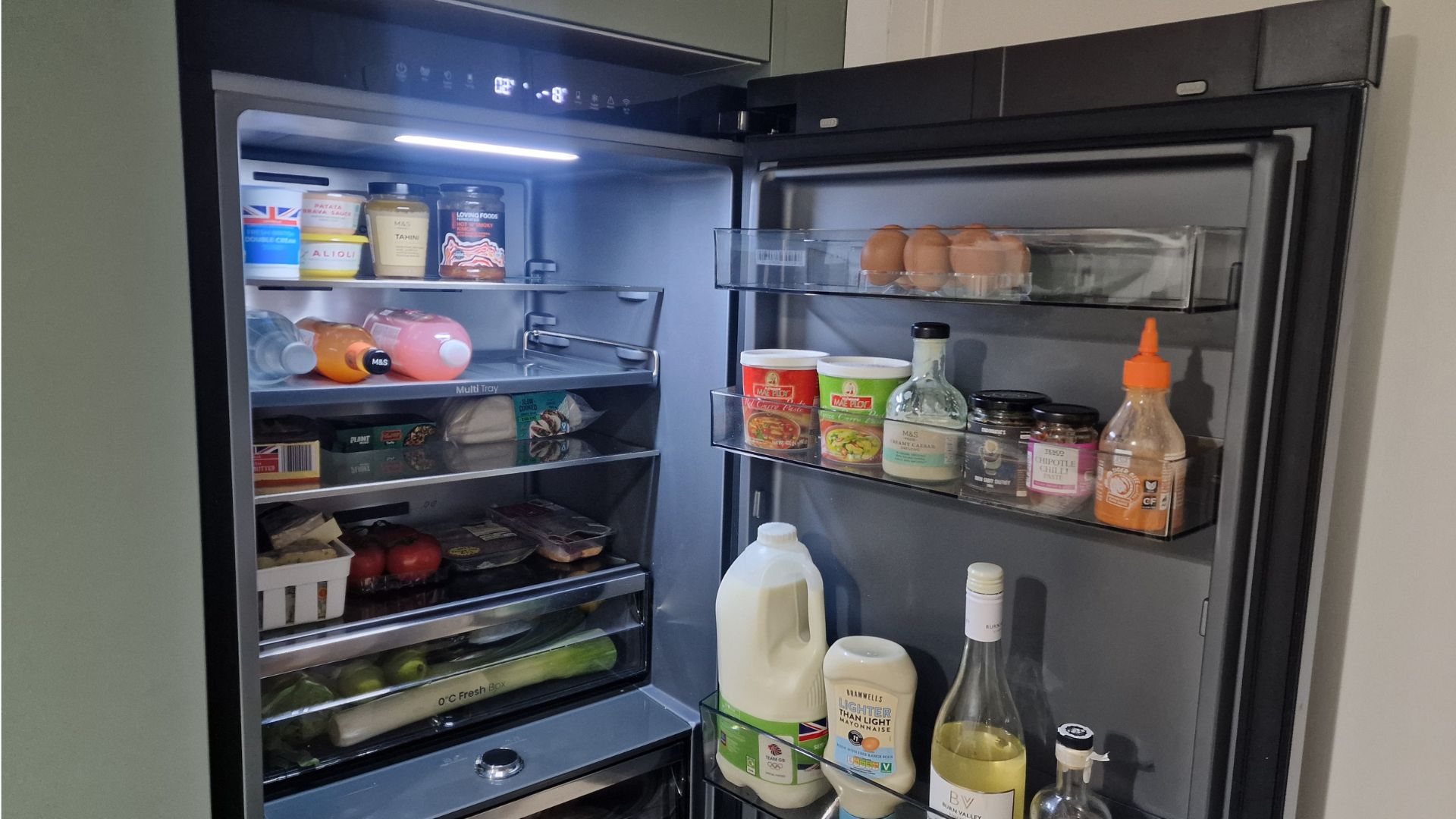
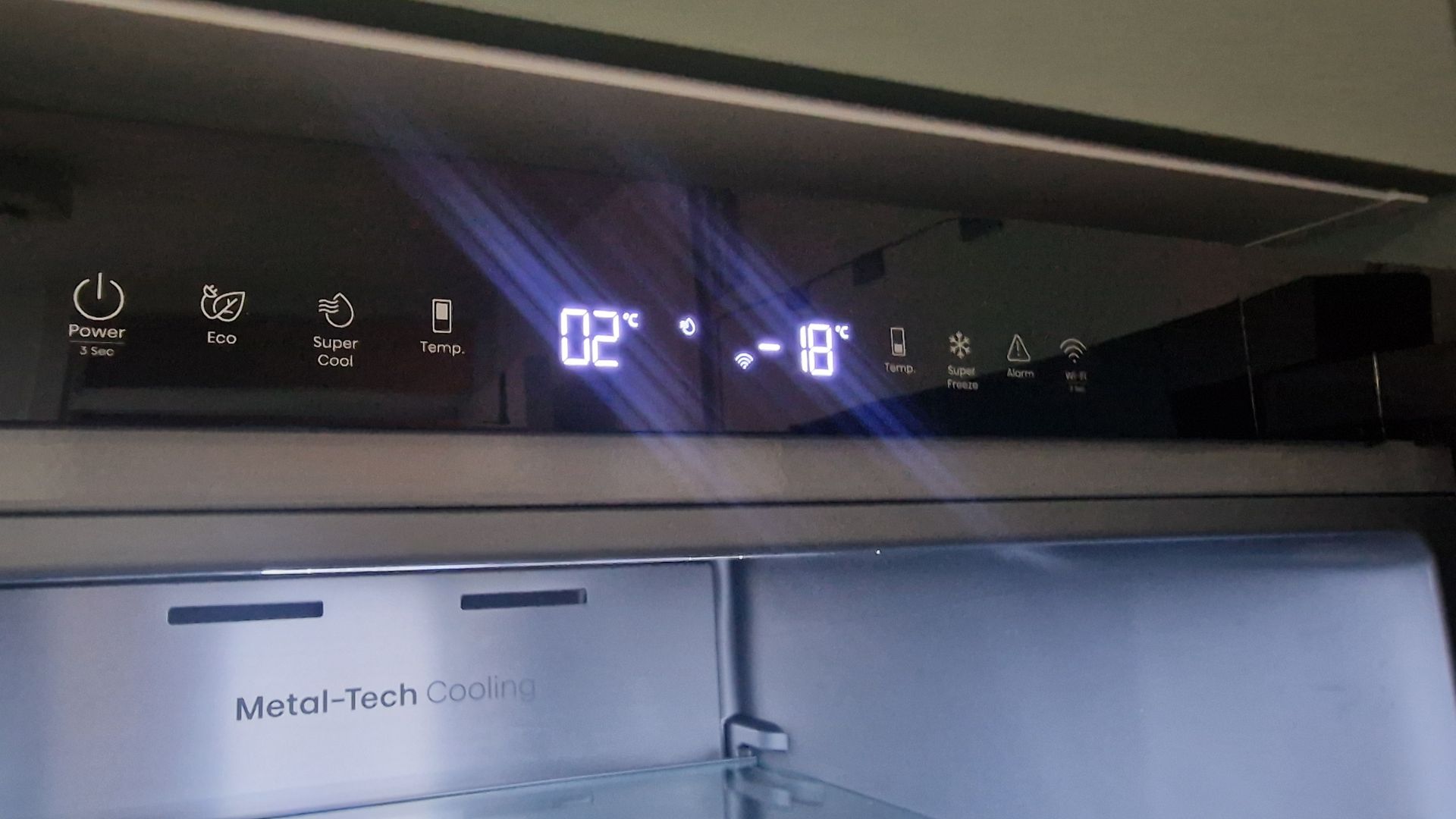
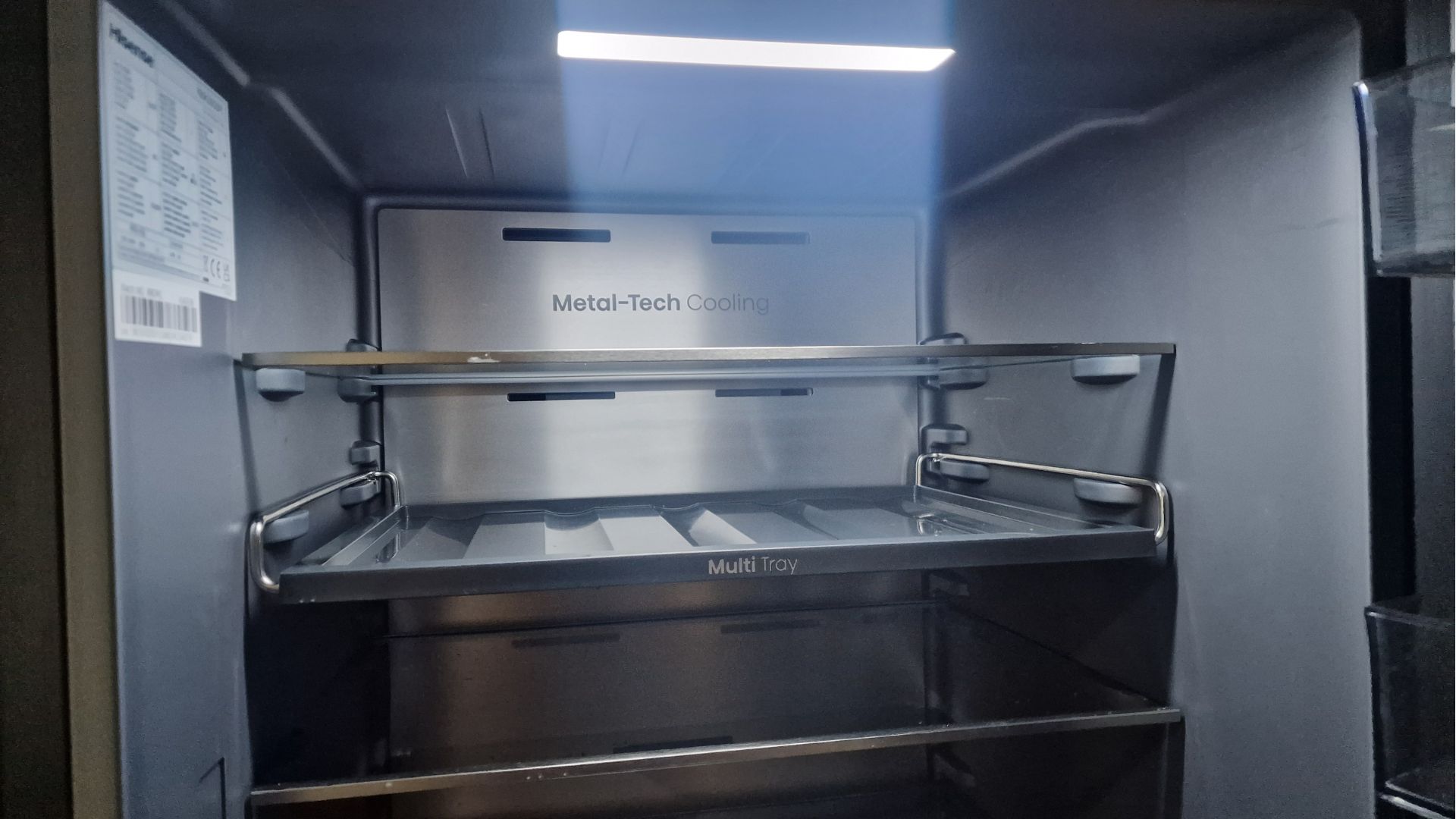
Another perk of my fridge's app is its reminders when I leave the door open. This happens to me more than it should — I'll open the door to take out some milk, forget to close it because I'm midway through pouring some espresso and keen to get my latte art started, and next thing you know the door has been open for two minutes. Well, the Hisense beeps at me long before that happens, and if I'm really not listening it'll send an alert to my app. This might seem a bit much, but leaving your fridge door open will drastically fluctuate the internal temperature, which in turn makes your fridge work harder to re-stabilize the temperature, and will also cause disturbances which can impact the longevity of your food.
If I have valid reasons for leaving the door open too long, such as unloading groceries, I can press a button that disables this alarm to prevent it from getting annoying. I've also got the option of kicking the fridge into high gear with Super Cool, a setting that works to rapidly chill newly added ingredients to prevent any major temperature fluctuations when you've been loading groceries.
More from Tom's Guide

Millie is the Senior Home Editor at Tom's Guide. She's been reviewing home tech for over five years, testing everything from coffee makers to the latest vacuum cleaners. Starting out in 2019 as a Staff Writer at TopTenReviews, Millie then moved on to Future's Homes portfolio, where she eventually oversaw all product testing as Head of Reviews.
With particular expertise in cookware and kitchen appliances, you'll struggle to find an air fryer Millie's not tested. She's traveled the world reporting on the latest home innovations and product launches, learning how to use pizza ovens from Pizzaiolos in Naples, and touring the De'Longhi factory in Venice.
When she's not reporting on home and appliance trends, Millie loves watching live music. She's currently learning the guitar - naturally, she plays a Fender.
